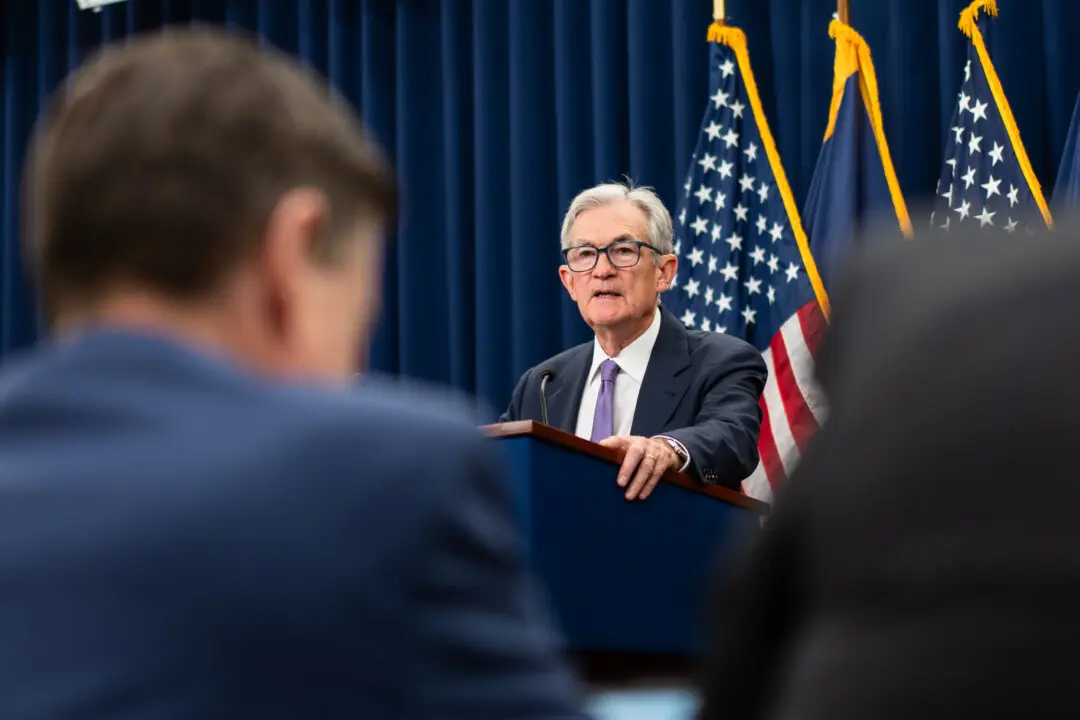The Federal Reserve’s preferred inflation gauge slowed at a better-than-expected pace in November as price pressures continued to subside heading into 2024.
Last month, the annual personal consumption expenditure (PCE) price index eased to 2.6 percent, down from 2.9 percent in October, the lowest reading since February 2021. This also came in below the consensus estimate of 2.8 percent.





